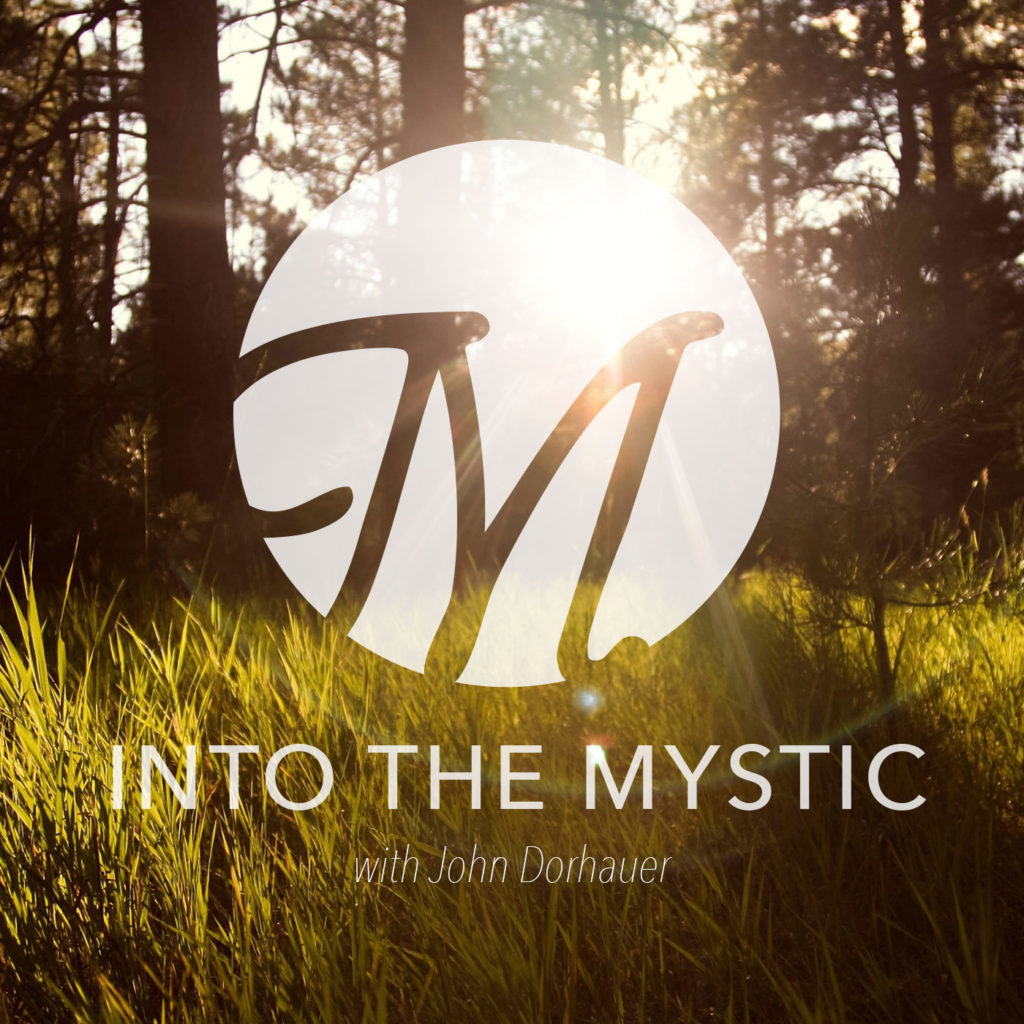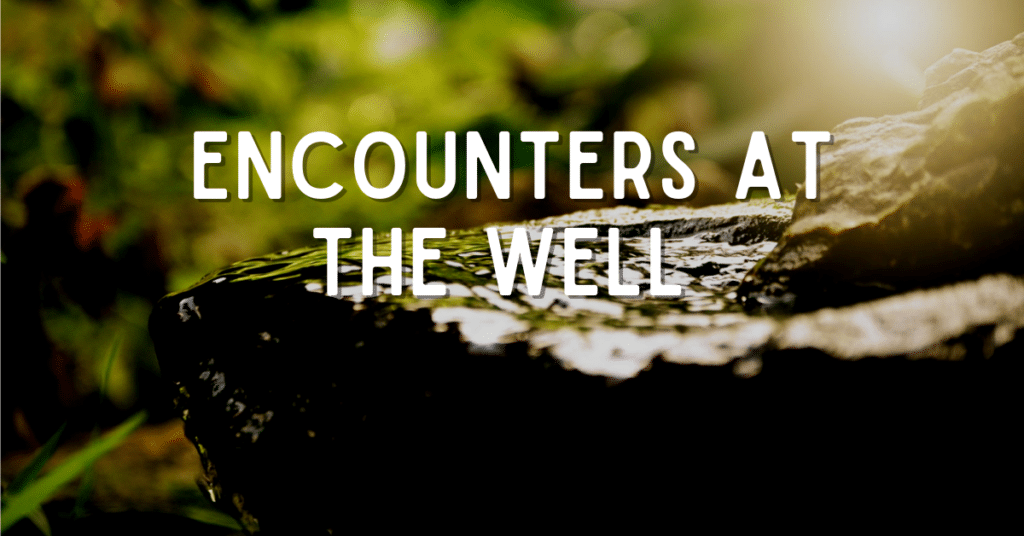Holy Land
Listen to the podcast
Read the transcript
What makes a land Holy?
I think about that, and I have an answer. I don’t know if it’s the right answer or not, but it AN answer.
Having just returned from the Holy Land is what prompts this question. There were parts of that remarkable place that truly felt Holy, that were utterly sacred: the Jordan river where Jesus was baptized; the Church of the Holy Sepulcher; the Church of the Nativity in Bethlehem; Mount Nebo, looking across the Jordan valley into the heights of Jerusalem across the Jordan; the Garden of Gethsemane.
These are places made sacred by memory – places for which people of faith have marked as holy because of what happened there. And I will admit, knowing that Moses or Mary or Jesus or the disciples stood there in moments that we still talk about and are inspired by is a pretty moving experience.
But there were other places that were Holy, and for apparently very different reasons. There was the living room where we sat and heard the story of a mother whose son was shot in the back while playing soccer with his friends; the tent just a kilometer or two from the Syrian border where a young law school graduate taught the children of refugee families; the wall in Bethlehem dividing West Bank territory from Israeli land – made Holy by the free expression of artists who displayed their longing for freedom in graffiti covering that wall.
These are hard places, and not typical stops on a guided tour of the Holy Land: but these are sacred places.
I have a deep awareness of these things, an intuitive sense about me that remains remarkably attuned to the spirit of a place. There is nothing empirical about this – and it may be little more than how my spirit receives a place. But the moment I enter space, my own spirit senses whether there is a spirit of peace about it, or a spirit of tension; one of hospitality and welcome, or one of hostility and discomfort.
It may be inappropriate to use that as a means of calling one place sacred and another something less than that; and it is certainly nothing more than an indicator of how that place is received by me – and should not be used to define it as such for anyone else.
But that awareness, that intuition, often has me questioning what it is that is sacred about some of the places that are labeled as Holy.
Walking the streets of Old Jerusalem and seeing snipers atop tall buildings; being hounded by vendors hawking their wares at the feet of the Pyramids in Cairo or outside the walls of Church of the Nativity; hearing of the ways chemicals have poisoned the Jordan river: all of this leaves me with less of a sense of awe and wonder than one of fear, anxiety, and common disgust.
So, what is it that makes a place Holy?
That it is is what makes it Holy. This is my belief. Fashioned by the hand of our Creator, it is beautiful, and it is good. It carries the capacity to speak to us something greater than ourselves, and something far more powerful than what we could think or imagine.
We must intervene to make the experience of a place something less than Holy. War and commodification and oppression and injustice and terror and pollution can strip a place of its dignity; as well as a people of theirs.
The Holy Land speaks both of God’s grandeur and of our capacity to objectify it; to make it common.
Gentle listener, may your heart be open to all that God makes good in places where you are struck by awe and wonder at what She has fashioned. And may there be moments of unutterable joy for you as your journey your way Into the Mystic.
Related News
Bodily Autonomy Means Every-BODY
Advocacy and Action for Women's and Gender Justice Local events stir thoughts and...
Read MoreAn ally experiences PRIDE in the CLE
Advocacy and Action for Women's and Gender Justice Local events stir thoughts and...
Read MoreUCC Releases Menstrual Health Toolkit
Advocacy and Action for Menstrual Health and Justice Work with partners Church World Service...
Read More
